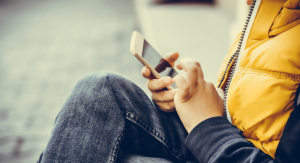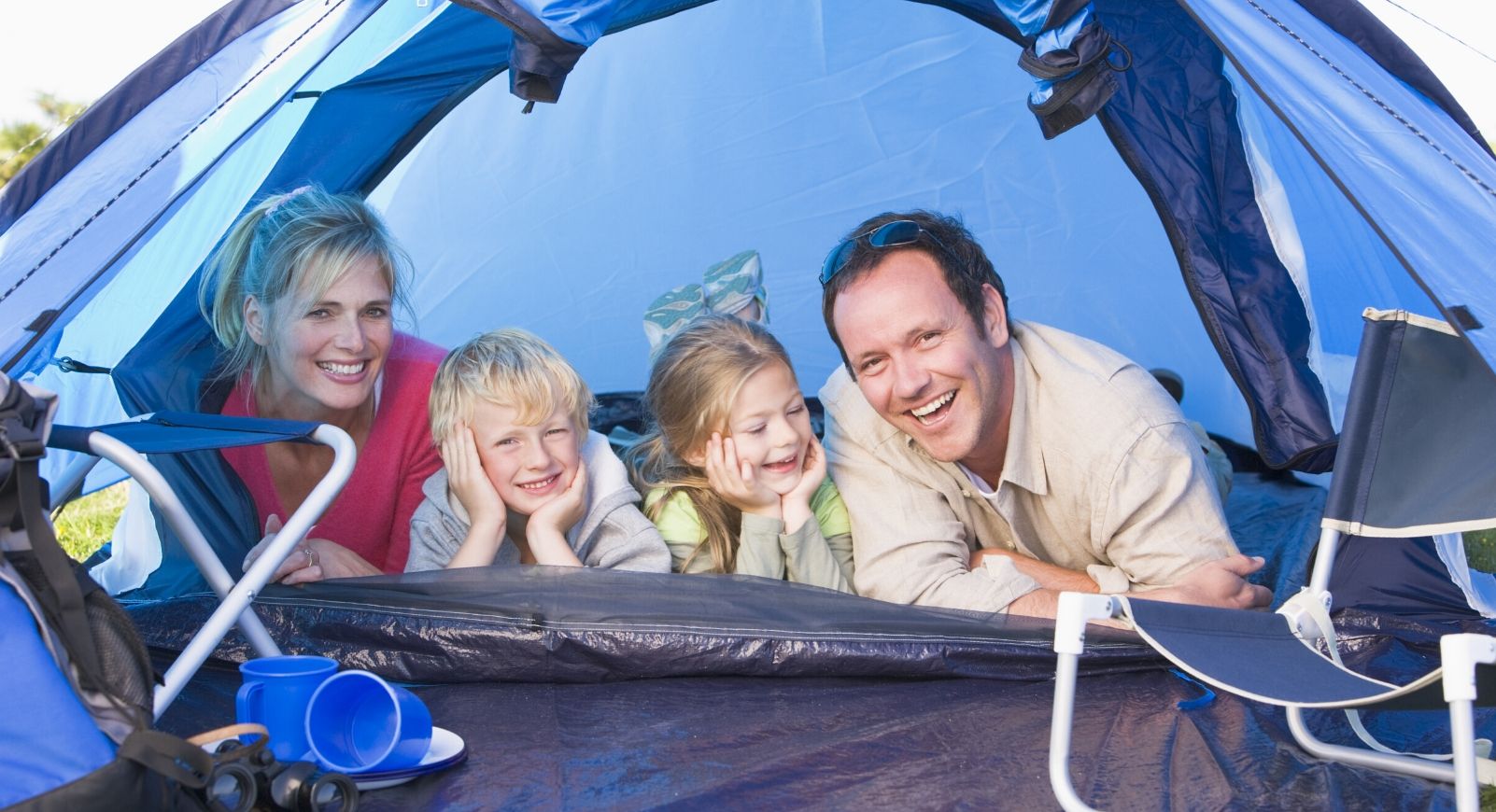Today’s parents face a tsunami of pressure to give their child a smartphone and access to social media at younger and younger ages. Children feel the pressure too. It’s so challenging to know the right path for your family! It can easily become an ongoing battle between you and your child.
Whether to allow your child to use a smartphone and social media is a complex issue. Smartphones and social media are everywhere! Parents frequently rely on smartphones to track their child’s whereabouts. Plus, schools and sports teams often communicate through social media apps.
Perhaps most difficult of all is the fact that social media IS the new playground. And no child wants to feel left behind when their friends are hanging out on Be Real or Snapchat.
Yet we should use extreme caution when it comes to smartphones and social media for kids. A recent study from Sapien Labs is linking early smartphone use with a greater chance of mental health issues later on in life.
It isn’t just the sleep disruption, distraction, and time lost in scrolling. When children and teens use social media, it increases their chances of being exposed to pornography, being cyber bullied, and/or engaging in sexting. They could also come into contact with sexual predators.
Plus, there’s an increasing amount of data that shows a connection between social media use and the sharp rise in anxiety, depression, screen addiction, and other issues among children and teens. The Surgeon General just issued a warning about social media’s impact on teens and their mental health.
Here is a vital step you can take to prepare and safeguard your kids from the potential pitfalls and hazards of social media:
Delay the smartphone.
This might seem obvious, but there’s nothing simple about choosing to delay the smartphone in today’s world.

What does delaying a smartphone have to do with social media anyway? Getting a smartphone with access to the internet and apps, is an unlocked door to social media and all sorts of unwanted content in general. It’s the next logical step, and easy for kids to download and even hide.
Since most social media apps are legally available starting at age 13, you might think it’s a natural age to allow your child to access them. But that age limit wasn’t set because researchers have found kids are mature enough to handle social media at age 13.
Most apps have set that age because the Children’s Online Privacy Protection Act (COPPA) has, since 1998, restricted websites from tracking and collecting data on children under the age of 13. So it’s not profitable for apps to include children below that age.
So, is there a “right time” to allow your child access to social media?
There is more to this answer than just a number. So much depends on WHO your child is and if they are ready for all the complexities and risks that come with using social media. Here are some great questions to ask yourself before you decide. That said, many people are now recommending at least age 16. This may feel unimaginable to the parent of a 12 or 13 year old screaming and crying for Instagram.
From a scientific perspective, during the period of adolescence (which can extend beyond the teen years), the body undergoes several significant physiological changes. These changes are “one of the most dynamic events of human growth and development, second only to infancy in terms of the rate of developmental changes that can occur within the brain.” – Miriam Arian et. al
The prefrontal cortex of a human brain doesn’t fully mature until approximately age 25. It manages key functions that are critical to safely maneuvering social media (and so many other things)!
Here are some examples of what the prefrontal cortex is responsible for:
-
- Impulse control
- Planning for the future
- Focusing one’s attention
- Managing emotional reactions
- Anticipating events in the environment
- Predicting the consequences of one’s actions
- Coordinating and adjusting complex behaviors (“I can’t do A until B happens”)
Most kids are simply not physiologically, cognitively, or emotionally prepared to handle all the social nuance and high level interplay, not to mention safety know-how, that social media demands of its users.
So what’s the best way to delay the smartphone?
Here are some tips…
> No matter what age your child is, begin by modeling your own phone use. It’s really true, kids respond a lot more to what you DO than what you say. Pay attention to how and where you reach for your phone. Is it while you’re waiting in line? Sitting on the couch while the kids watch TV or at the traffic light?
> Talk openly about the power of smartphones and social media and WHY you believe delaying it is important. If possible, start early, even before smartphones are on their radar. Normalize delaying as part of your family culture. The next article in this series will be focused on the HOW of doing this!
> As your child enters middle school, the pressure to have a smartphone will likely increase. If you and your child want a way to communicate, there are some great alternatives like the Gabb phone or Apple watch. A word of caution about the Apple watch, though. Kids will be able to access the internet, download apps, and watch YouTube videos. Take these things into consideration before going ahead.
> If your child already has a smartphone, or is using social media, there is A LOT you can do to guide and protect them. Tools such as parental controls (I suggest Bark); a protective router (check out the Gryphon Advance Security & Parental Controls router); and Apple’s screen time are examples of external controls you can use. However, kids can bypass a lot of that tech stuff! So having many honest and open conversations about what they are seeing online is essential. As is talking to them about what to do when they encounter something they shouldn’t.
> Consider joining the Seacoast Wait Until 8th Facebook group for community and information. Invite the parents of your child’s friends too. The more of us that delay the smartphone and social media, the easier it will be for you AND for your child.
> Talk to your elementary and middle school school administrators about your concerns. While most schools don’t permit phones in the classroom, it isn’t always consistently enforced. Field trips, lunchtime and bathroom breaks are places where phones come out, and sometimes are even encouraged.
Choosing to delay the smartphone prioritizes your child’s well-being and protects them from the negative influences of social media. It gives them a chance to establish a solid foundation of self confidence and a sense of self free from the pressures and anxieties often associated with social media.










